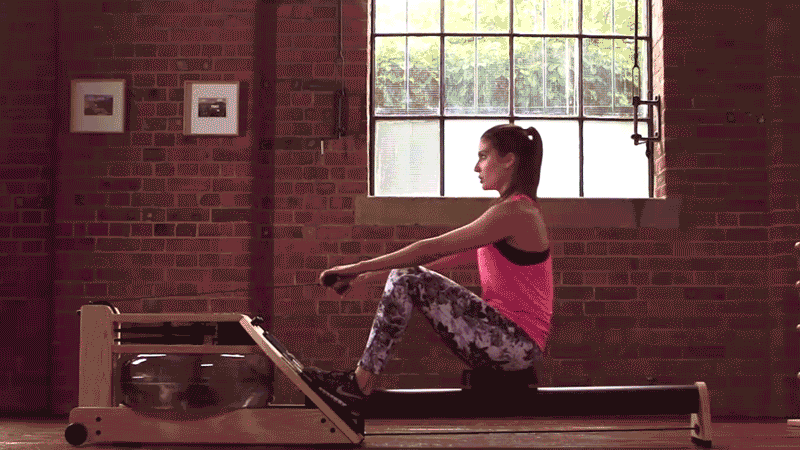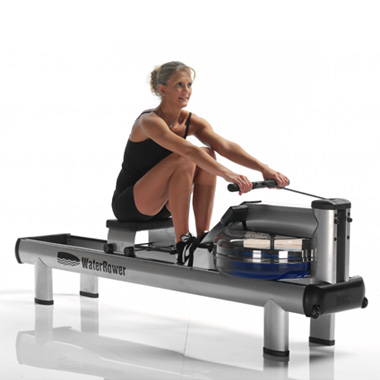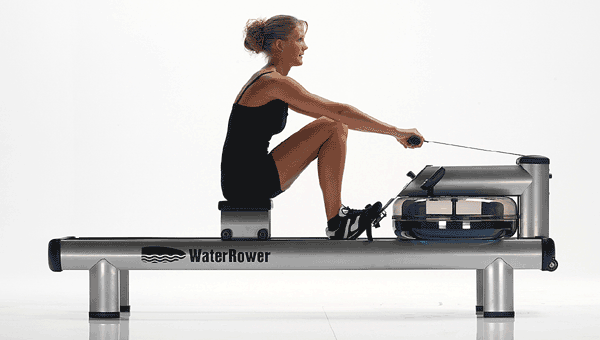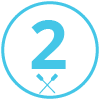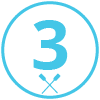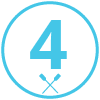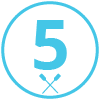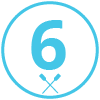One of the main elements of the rowing action is posture; poor posture in the rowing stroke will result in injury and unrealized benefits of rowing.
It is therefore essential that a strong postural position throughout the rowing action.
Rowers use length to gain speed, a short rowing stroke will result in a higher stroke rate and low speed. Whereas a long rowing stroke will result in a lower stroke rate and quicker speed.
To achieve full range of motion, the user must think of reaching as far forward with the handle and compressing the legs as much as possible whilst maintaining a strong upright position. This can be difficult for certain body types and those users who have poor flexibility.
A common problem when rowing is using movement of the torso to contribute to the range of motion. This is usually done by bending the torso at the lower back, weakening the posture (most lower back injuries occur when work is being transmitted through a weak posture).
Beginning each stroke with the correct posture will ensure a positive workout.
To achieve correct posture, the torso is simply rocked at the pelvis from a backward (11 o’clock) position to a forward (1 o’clock) position (this is known as the Rock Over phase and is discussed in more detail later on in this section).
